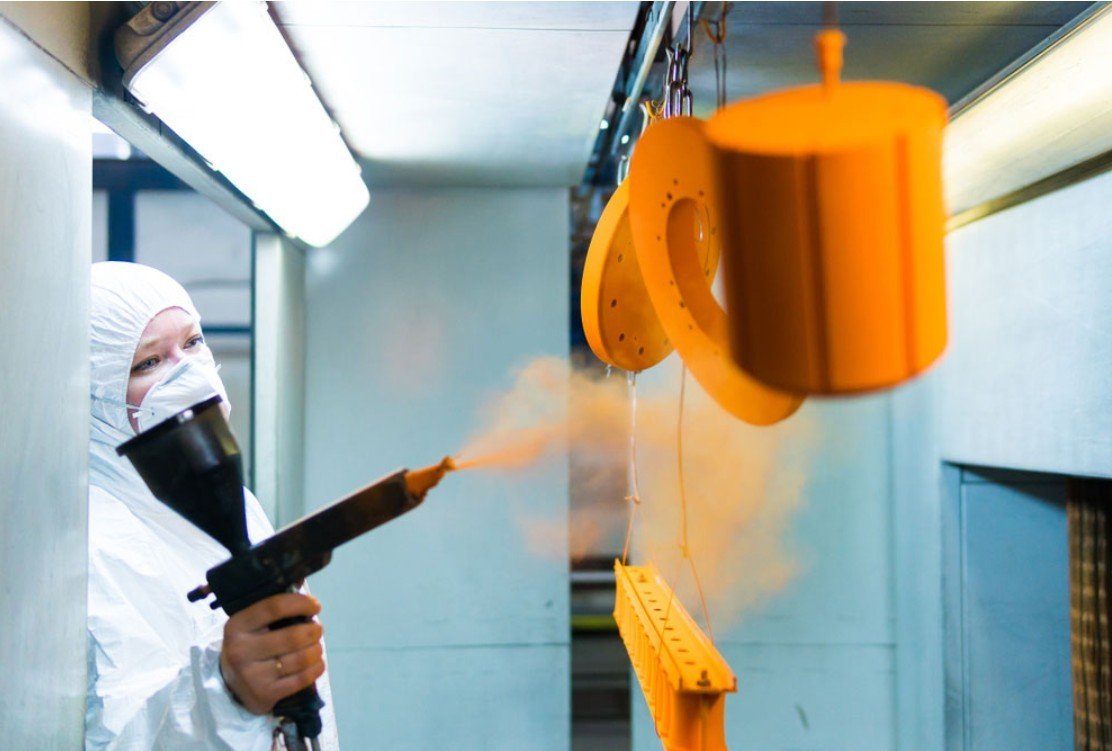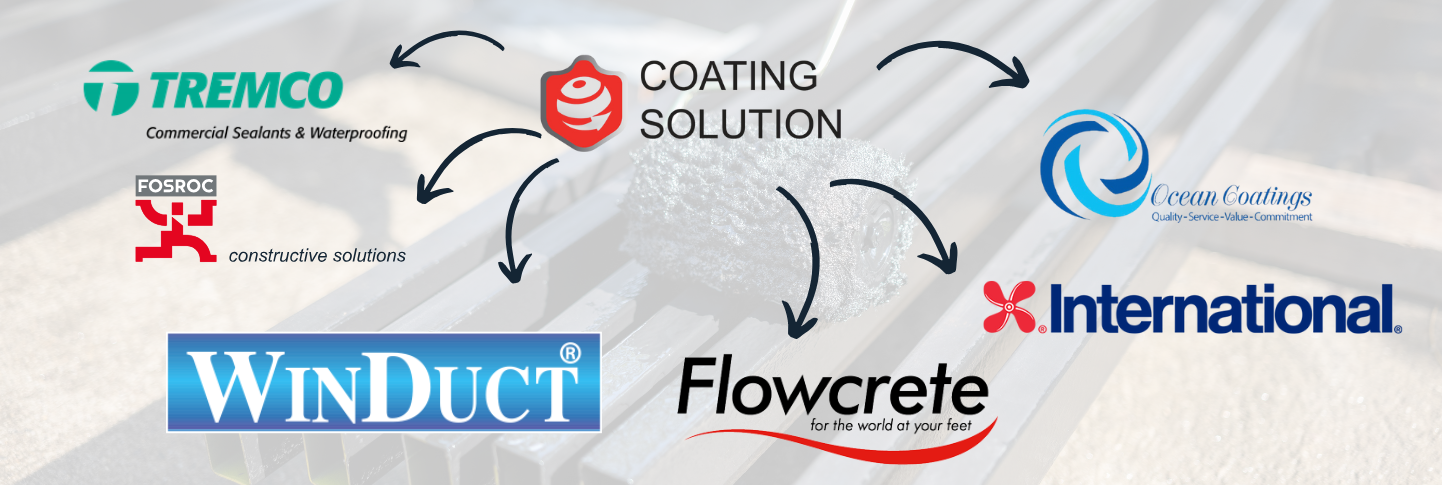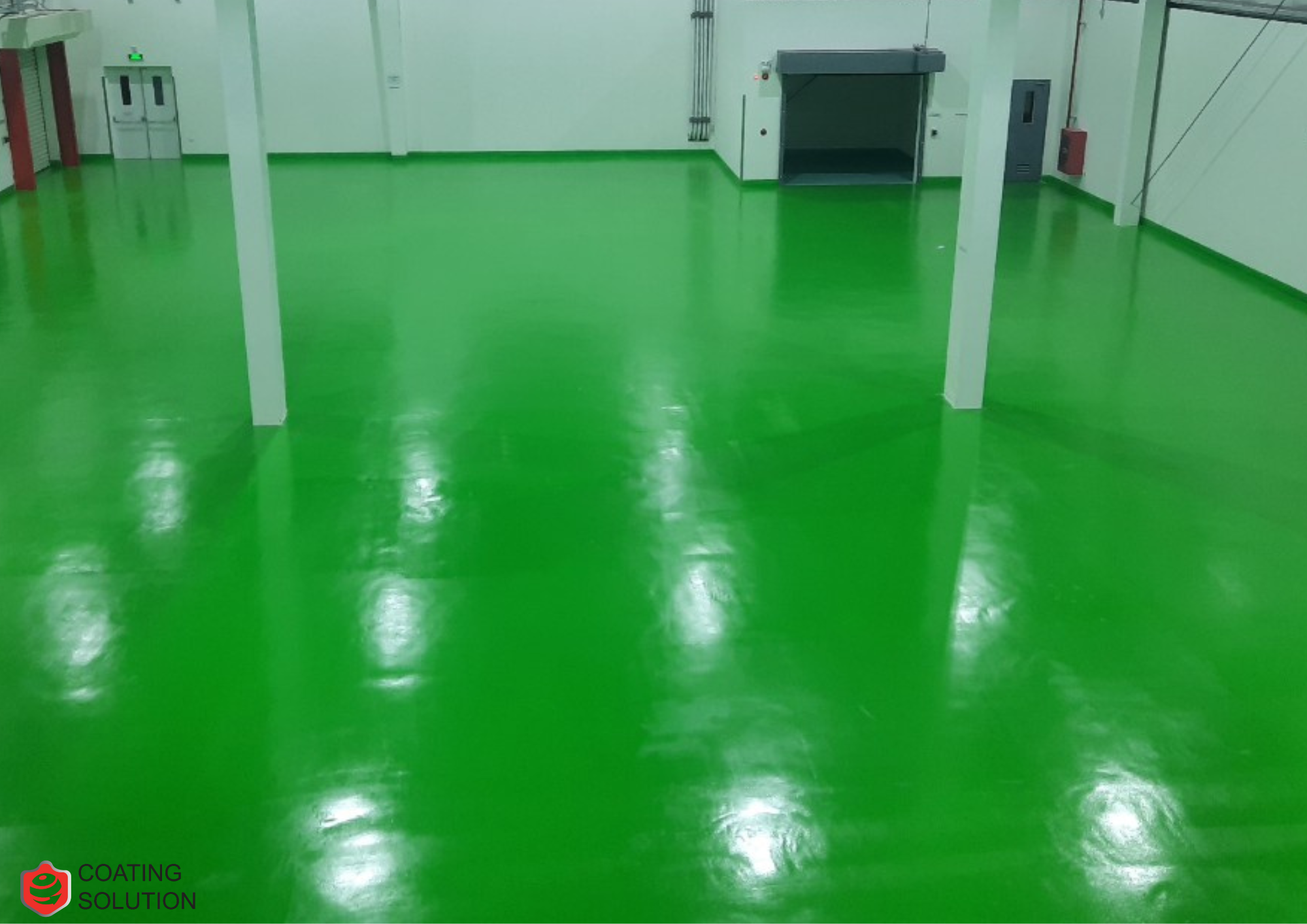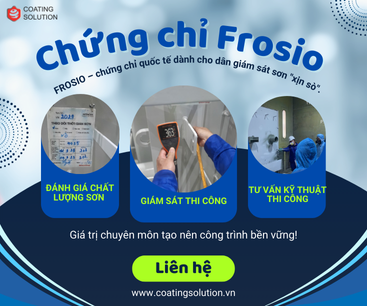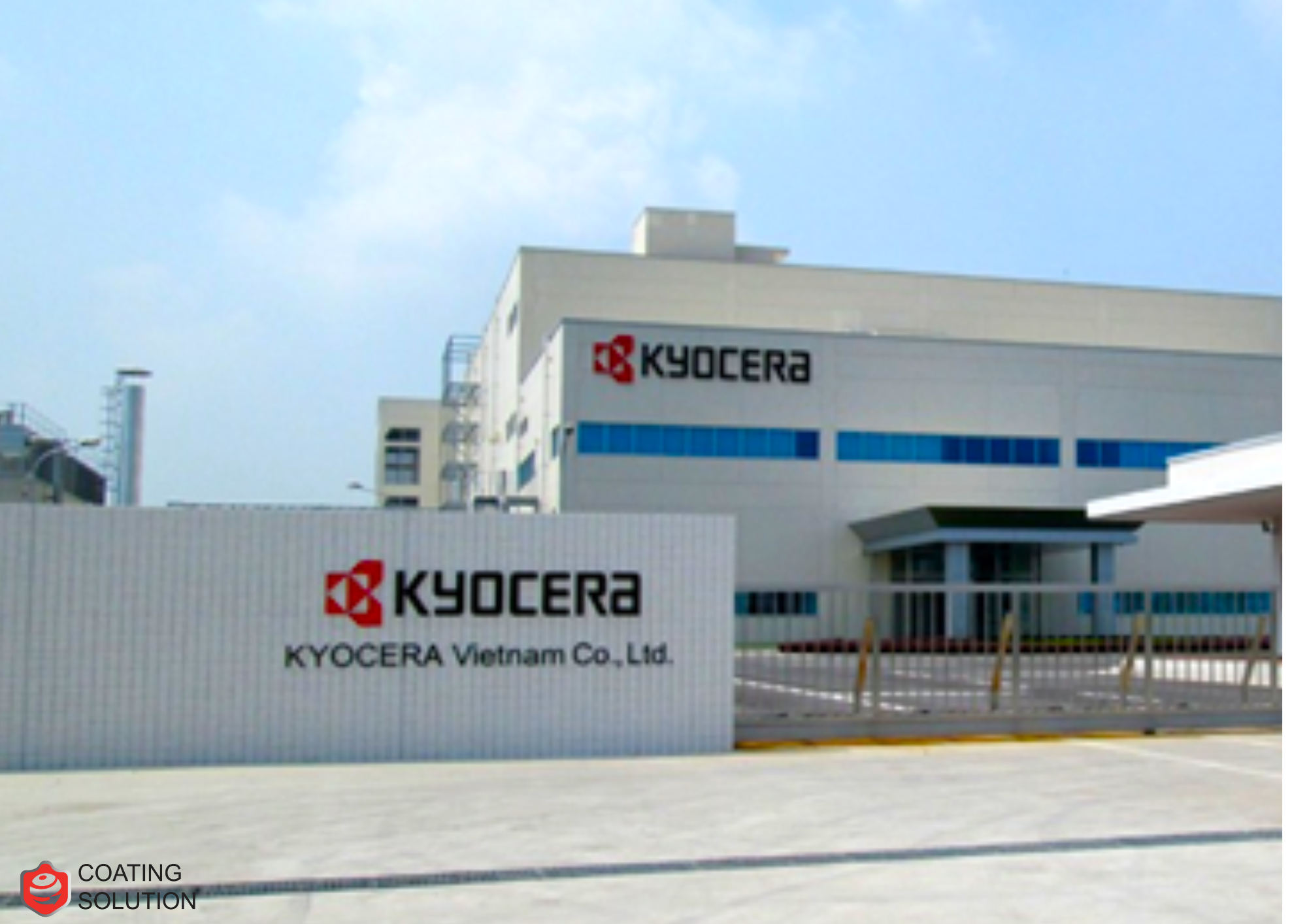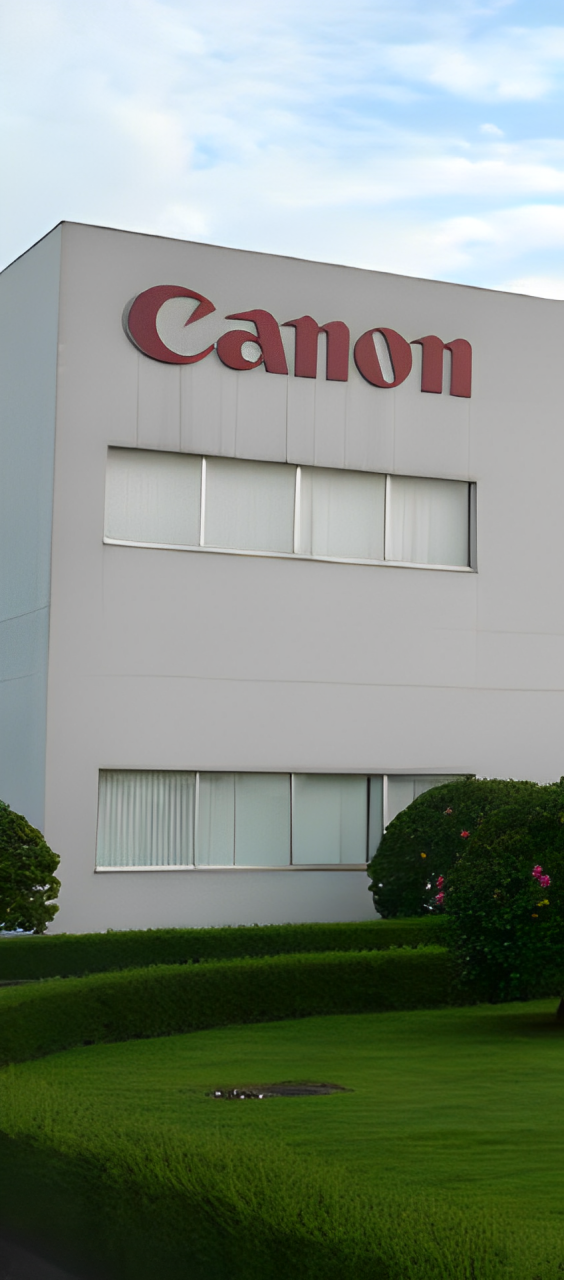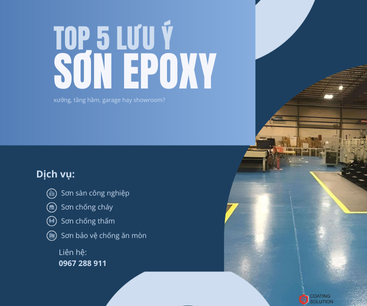WHAT IS POWDER COATING? PRINCIPLES OF OPERATION, APPLICATIONS, OUTSTANDING ADVANTAGES AND DISADVANTAGES
What is Powder Coating? Principles of Operation, Applications, Outstanding Advantages, and Disadvantages
1. What is Powder Coating?
Powder coating is a type of dry paint, composed of ultra-fine powder particles primarily made of polymer resin, color pigments, and other additives. Unlike traditional liquid paint, powder coating does not use solvents, making it environmentally friendly and safe for users.
The powder coating spraying process is based on electrostatic principles, allowing the powder particles to adhere evenly to the surface of the material to be coated. Subsequently, the coating is cured at high temperatures to form a hard, durable, and attractive finish.
2. Principles of Powder Coating Operation
The operation of powder coating relies on the phenomenon of electrostatic charging and attraction. The specific process is as follows:
- Charging the Powder: The powder particles are positively charged as they pass through the spray gun.
- Attracting the Powder to the Surface: The material to be coated (usually metal) is grounded, creating a negative charge. Due to electrostatic attraction, the positively charged powder particles adhere evenly to the surface.
- Curing and Hardening: After spraying, the material is placed in an oven at temperatures ranging from 150°C to 200°C. This process melts the powder, allowing it to flow and form a hard, durable coating.
3. Applications of Powder Coating
Powder coating is widely used in various fields, including:
- Construction Industry: Coating aluminum doors, steel doors, window frames, railings, staircases, and other metal structures.
- Automotive and Motorcycle Industry: Coating vehicle parts, accessories, frames, and exterior components.
- Household Appliances: Coating refrigerators, washing machines, microwaves, and other electronic devices.
- Furniture and Decoration: Coating tables, chairs, shelves, racks, and other metal furniture products.
- Heavy Industry: Coating machinery, steel structures, and containers.
4. Outstanding Advantages of Powder Coating
- High Durability: The coating is hard, scratch-resistant, corrosion-resistant, and weatherproof.
- Environmentally Friendly: Contains no harmful solvents, minimizing emissions and waste.
- Cost-Effective: Even coating application with minimal waste compared to traditional liquid paint.
- Diverse Colors: Offers a wide range of colors and finishes (glossy, matte, textured, etc.).
- Easy to Clean: Smooth surface that resists dust and is easy to wipe clean.
5. Disadvantages of Powder Coating
- High Initial Investment: Requires significant capital for spraying equipment and curing ovens.
- Material Limitations: Only applicable to metal surfaces or conductive materials.
- Difficult to Repair: Repairing damaged coatings is more complex compared to liquid paint.
- Technical Expertise Required: The spraying and curing process demands precision and experience.
Conclusion
Powder coating is an optimal solution for protecting and enhancing the aesthetics of metal products. With outstanding advantages such as high durability, environmental friendliness, and diverse color options, powder coating is increasingly favored across various industries. However, to achieve maximum efficiency, it requires investment in modern equipment and strict adherence to technical processes.
